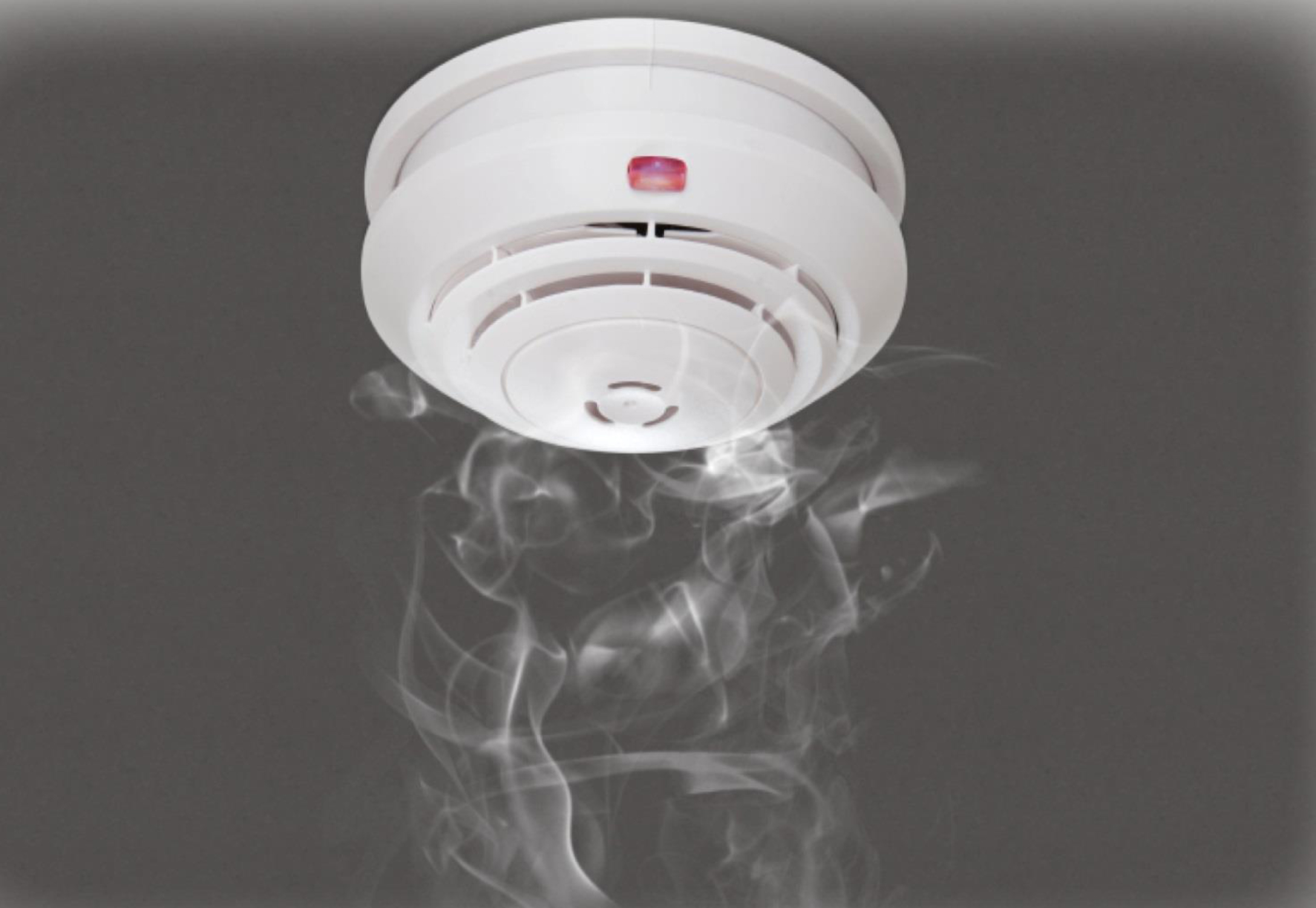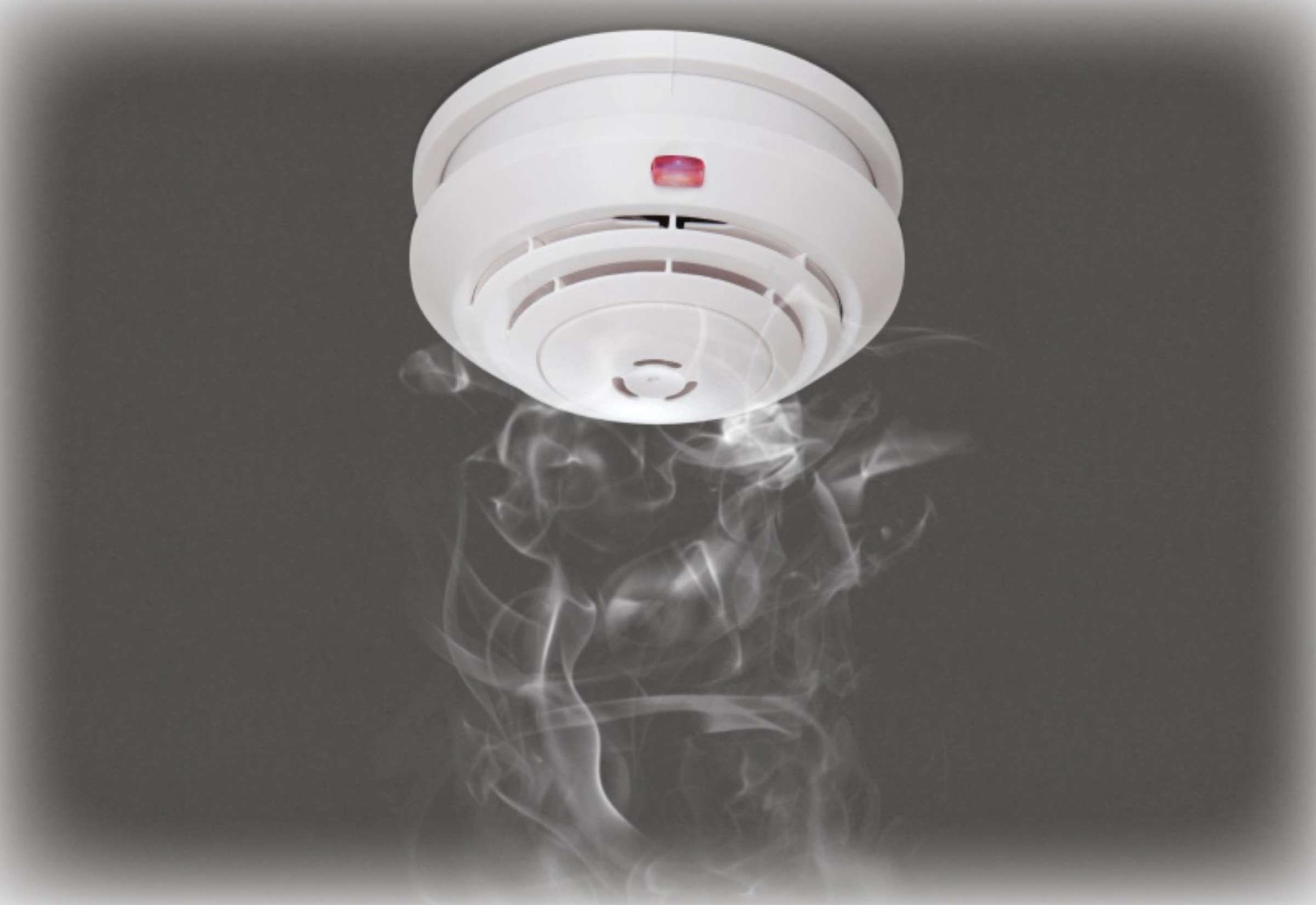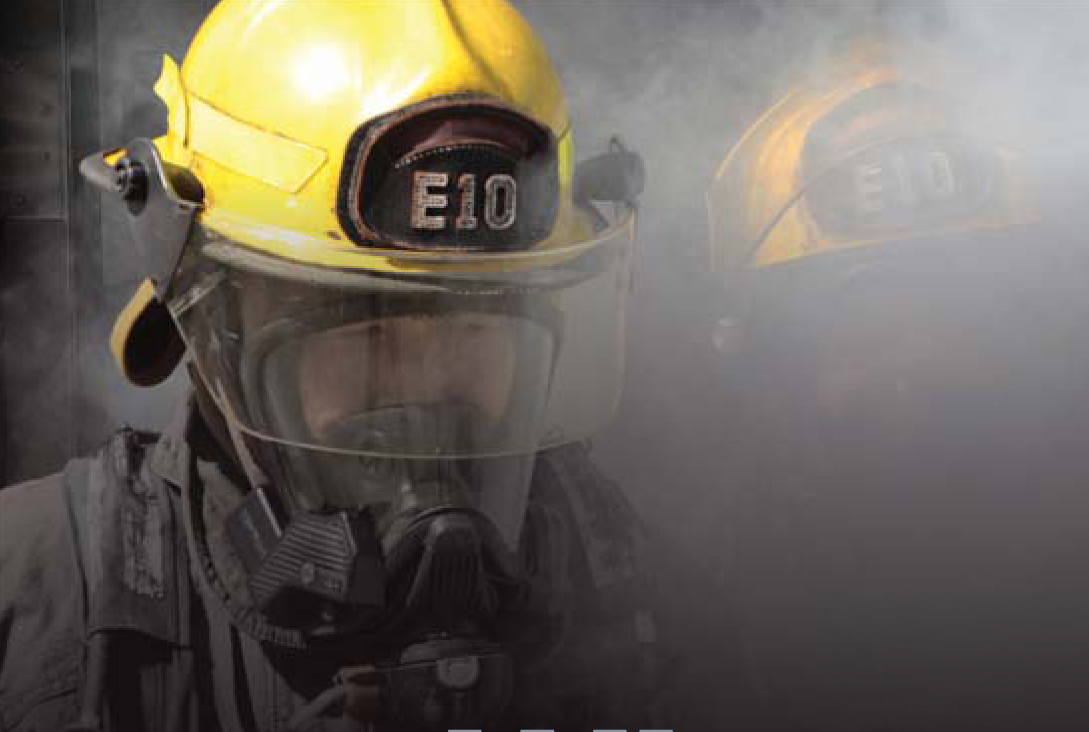Targeted Residential Fire Risk Reduction: A Summary of At-Risk Aboriginal Areas in Canada
Despite the steady reduction in rates of fire that have been witnessed in Canada in recent years, ongoing research has demonstrated that there continue to be striking inequalities in the way in which fire risk is distributed through society. It is well-established that residential dwelling fires are not distributed evenly through society, but that certain … Read more









